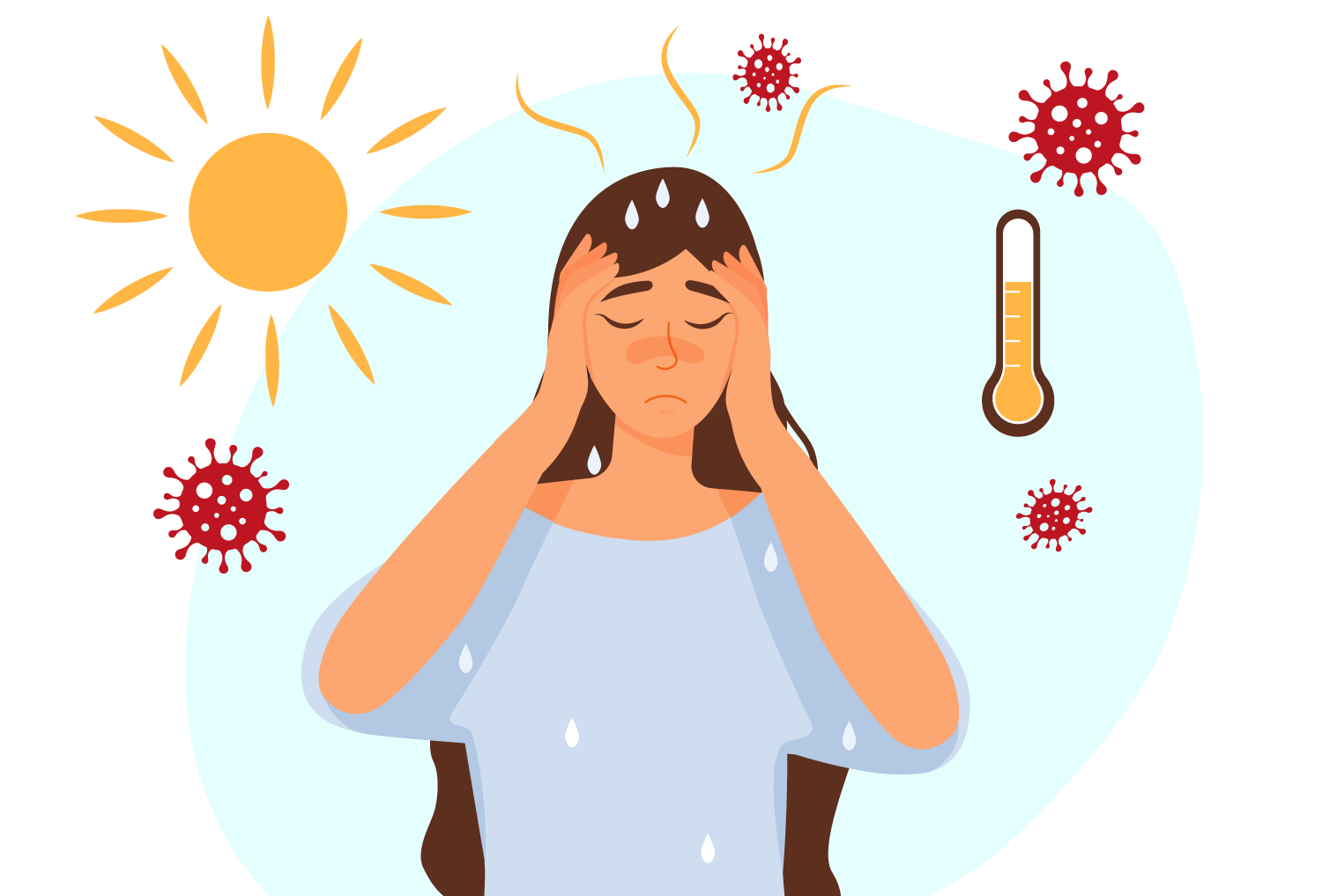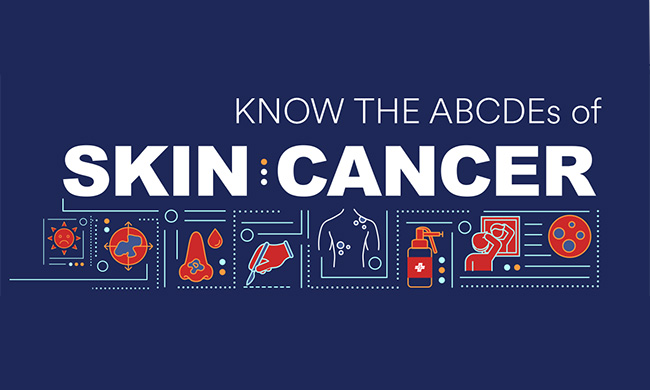
Chlamydia in Throat: Symptoms & Treatment
While there are currently more than 20 different kinds of sexually transmitted diseases (STDs) and infections (STIs), chlamydia is one of the most common as it is themost frequently reported STI in the United States. Chlamydia can affect multiple parts of the body in men and women, and the throat is no exception for chlamydial infection.
Whether you are curious about the signs and symptoms of chlamydia infections in the throat, have been exposed to this STI, or have recently had unprotected sex, this article will cover many things you need to know.
What Is Chlamydia?
Chlamydia is a sexually transmitted infection caused by the bacteria chlamydia trachomatis, also called C. trachomatis. It is spread through various forms of sexual activity, and while it is most common among young women, it can affect both men and women.
Chlamydia cannot be spread through contact such as kissing, hugging, or even using the same toilet as an infected person. There must be an exchange of fluid from one’s genitals who already has the infection to the mucous membranes in order for it to spread.
Is Chlamydia Treatable?
Both oral chlamydia and genital chlamydia are treatable and curable. However, untreated chlamydia can often lead to serious health problems and complications.
For men and women, chlamydia can affect the throat, anus, and eyes. If infected in these areas, signs such as a sore throat, abnormal discharge from the rectum, or conjunctivitis in the eyes may appear.
For women specifically, chlamydia can cause permanent damage to the reproductive system, which can, as a result, cause infertility issues and even ectopic pregnancies. If a woman is pregnant, it is also possible for her to spread the infection to her child during birth.
Symptoms of chlamydia for women are similar to those of a UTI (urinary tract infection) or cervicitis. These symptoms may present as pelvic pain, abnormal vaginal discharge, and swelling of the cervix. Women also have a high risk for reinfection when their infected sex partners have not been appropriately treated for chlamydia.
For men specifically, chlamydia most often affects the urethra and can cause symptoms similar to those of nongonococcal urethritis. These symptoms may include a burning sensation upon urination or abnormal discharge from the penis. It is also very common in men for the infection to spread to the epididymis and the testicles, causing them to become painful and swollen.
How Does Chlamydia Infect the Throat?
Throat infections of chlamydia, or oral chlamydia, are more specifically called pharyngeal chlamydia infections. These infections are not as common in the throat as in the genital area, but they are still prevalent.
The most common mode of transmission is during oral sex with an infected person, where the bacteria comes into contact with the mucous membranes of the throat. Chlamydia can also be spread to the throat through the use of toys during sexual activity that come into contact with the mouth.
What Are the Symptoms of Chlamydia in the Throat?
Most people who contract pharyngeal chlamydia do not show symptoms, so it is often not recognized or known. Symptoms that do show up are often mild and resemble symptoms of a cold or the flu, which also causes the chlamydial infection to go unrecognized.
If symptoms appear, it usually takes between 1 and 3 weeks after contact with the bacteria.
More specific signs of the infection can present as oral sores, leading to mouth pain and a sore throat. White spots can also appear in the throat and on the tonsils when there is an infection of chlamydia, which is one of the more serious symptoms. While white spots can also be a symptom of strep throat, it is important to take an STI test or get the spots looked at by a healthcare provider.
How Do You Treat Chlamydia in the Throat?
Since many people with chlamydia are asymptomatic, healthcare workers frequently rely on screening and testing to confirm whether someone has the infection. You can also confirm whether you have the infection from home by ordering a test kit. Multiple options are available for taking an at-home STD test or chlamydia test.
These test kits, whether done at home or by a healthcare worker, can be done either by using a swab or collecting a urine sample.
Once confirmed, chlamydial infection is most commonly treated with antibiotics regardless of where the infection is in the body. Doxycycline and azithromycin are two of the most common antibiotics to treat chlamydia. While treating this STI with antibiotics will stop the infection from worsening, any permanent damage cannot be reversed.
Are There Any Complications of Chlamydia?
One of the most common complications that can arise from chlamydia is pelvic inflammatory disease or PID. PID is an infection of the fallopian tubes and the uterus that often occurs when the infection spreads from the cervix to the higher reproductive organs.
PID often causes pelvic pain and a fever and, if left untreated, can cause permanent damage to the body. Other complications that can arise from chlamydia are ectopic pregnancy, infections in newborns, lymphogranuloma venereum (swollen and painful lymph nodes in the groin or rectum), infertility, and epididymitis (infection of the tube at the back of the testicles that stores and carries sperm).
How Can I Protect Myself Against Chlamydia?
If you are sexually active, the best way to prevent chlamydia is by using condoms during sexual activity or other means of protection, like dental dams. While the consistent use of condoms can reduce the risk of contracting chlamydia, it is important to know that it cannot eliminate the risk. Limiting sexual partners and getting screened for STDs regularly also helps reduce the risk of transmission of chlamydia.
The only way to completely guarantee protection from chlamydia is to practice abstinence. Regardless of how you protect yourself against chlamydia, talk to your healthcare provider about different options to determine what is best for you.
Lets Review
Chlamydia can be a complex topic, but it is important to be as informed and educated on it as possible. Knowing and understanding what chlamydia is, how it is spread, the signs and symptoms, and how to move forward with treatment can be valuable information to know if you ever find yourself coming into contact with the infection.
Taking precautions against unprotected sex and STD testing can help you stay on top of your sexual health. If you are interested in a vaccination option to help protect against chlamydia, seek medical advice by talking to your healthcare provider about your sexual health to find the best option for you!
Sources:
Chlamydia – CDC Detailed Fact Sheet | CDC
Chlamydia – CDC Basic Fact Sheet | CDC
Related Resources


